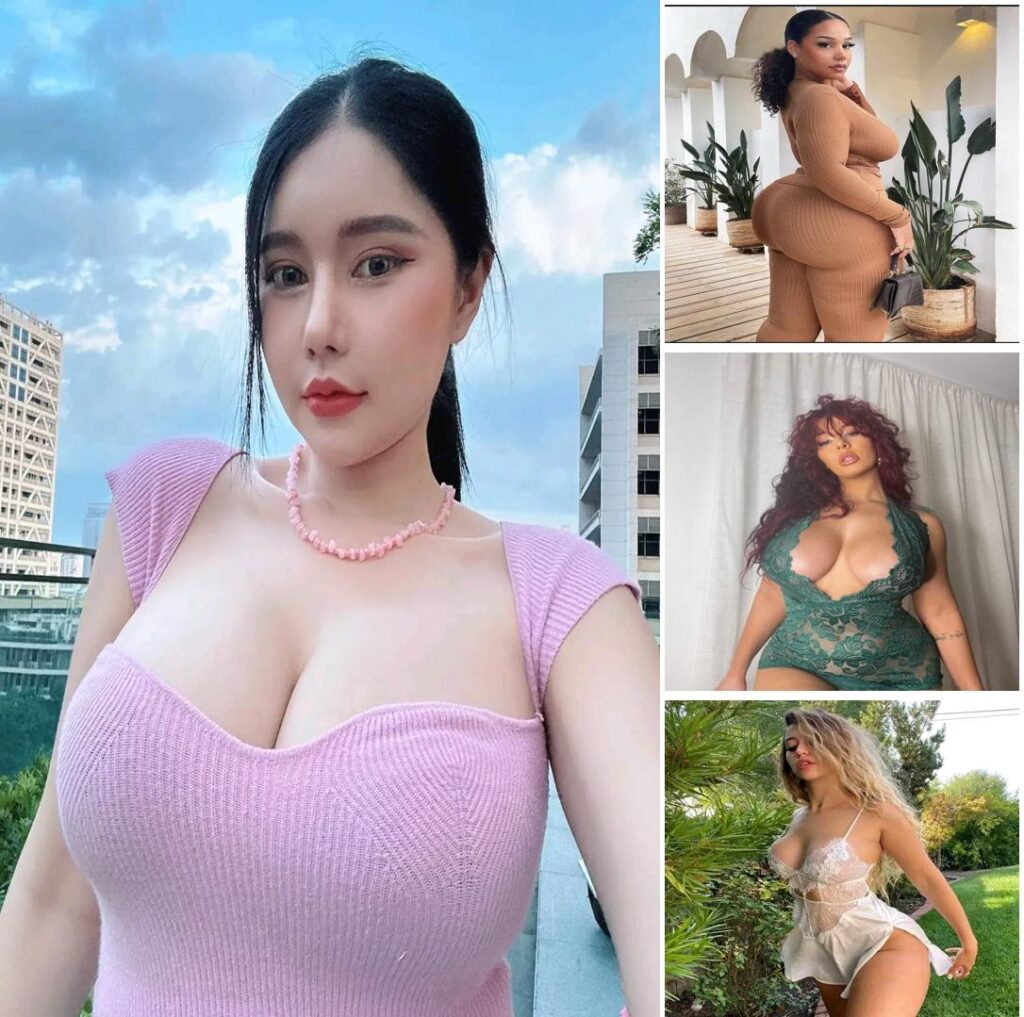
Women’s fashion has always been a dynamic and expressive element of culture, reflecting social, economic, and technological changes. From the elaborate gowns of the Victorian era to the casual-chic styles of today, fashion continues to evolve, shaping and being shaped by the world around it.
Historical Evolution The 19th century saw women in corseted dresses with voluminous skirts, symbolizing elegance and social status. However, as women’s roles in society changed, so did their fashion. The early 20th century introduced looser silhouettes, influenced by the suffragette movement and changing work roles during World War I. The 1920s flapper era then broke norms with shorter hemlines and bold designs, reflecting newfound freedom and rebellion.
Mid-century fashion was marked by the elegance of Dior’s New Look, emphasizing femininity with cinched waists and full skirts. The 1960s and 70s brought about a revolution with the rise of miniskirts, bell-bottoms, and bohemian influences, mirroring social movements advocating for freedom and equality.
Modern Trends and Sustainability Today’s fashion is a mix of nostalgia and innovation, incorporating styles from past decades with modern twists. Athleisure, minimalism, and bold statement pieces define the contemporary woman’s wardrobe. Additionally, sustainable fashion has gained traction, with brands and consumers prioritizing eco-friendly materials, ethical production, and circular fashion.
The Influence of Technology and Social Media The digital age has transformed fashion, making trends more accessible and diverse. Social media platforms like Instagram, TikTok, and Pinterest drive micro-trends, allowing individuals to experiment with styles beyond traditional norms. Influencers, fashion bloggers, and celebrities play a significant role in shaping fashion choices, making personal expression more fluid than ever.
The Future of Women’s Fashion As fashion continues to evolve, inclusivity and sustainability are expected to play key roles. Adaptive clothing, gender-neutral designs, and innovative materials are reshaping the industry. With the rise of artificial intelligence and virtual fashion experiences, the future of women’s fashion holds endless possibilities for creativity and self-expression.
Fashion remains an ever-changing canvas for women worldwide, reflecting individuality, culture, and the times we live in. As trends come and go, one thing is certain—women’s fashion will always be a powerful form of self-expression.